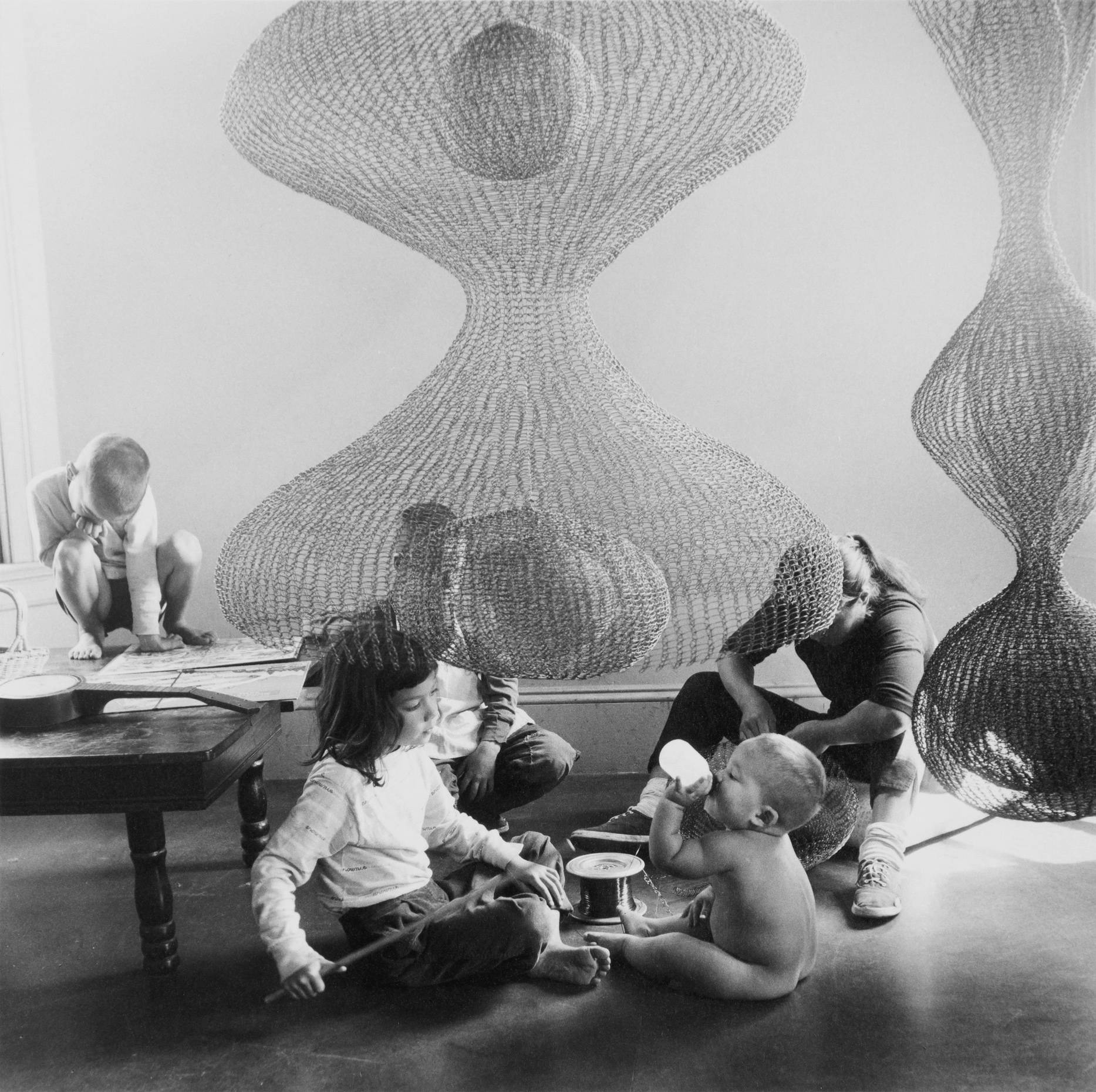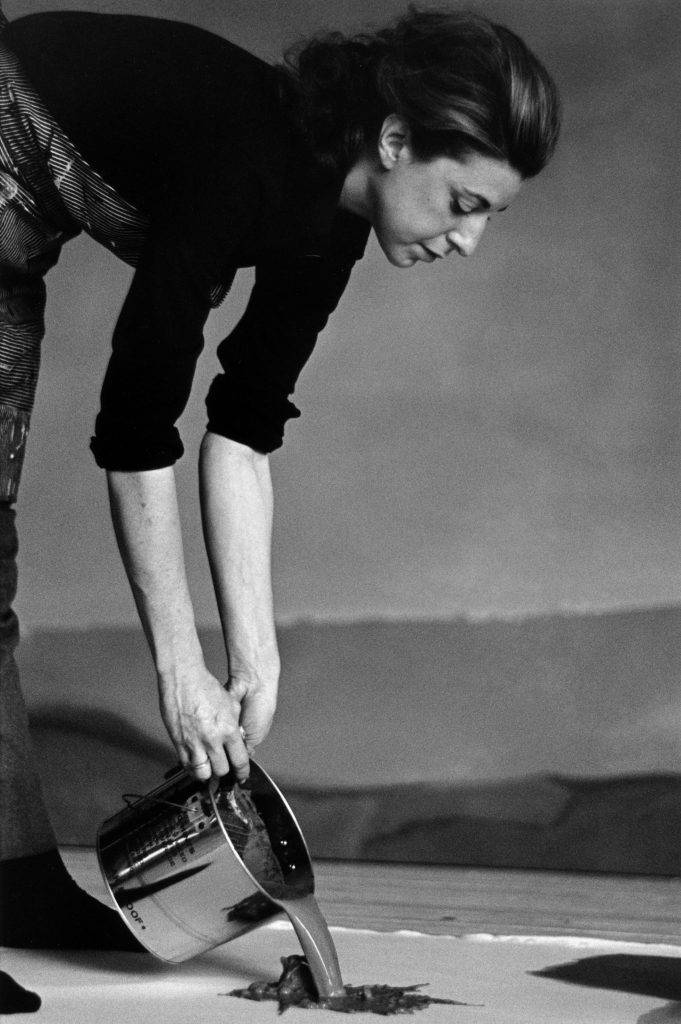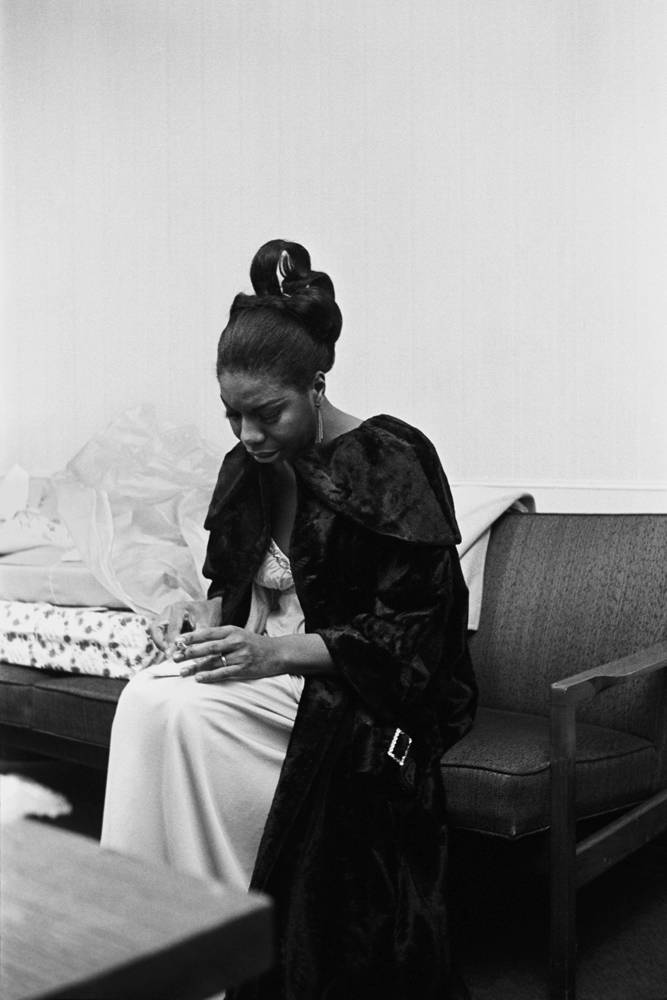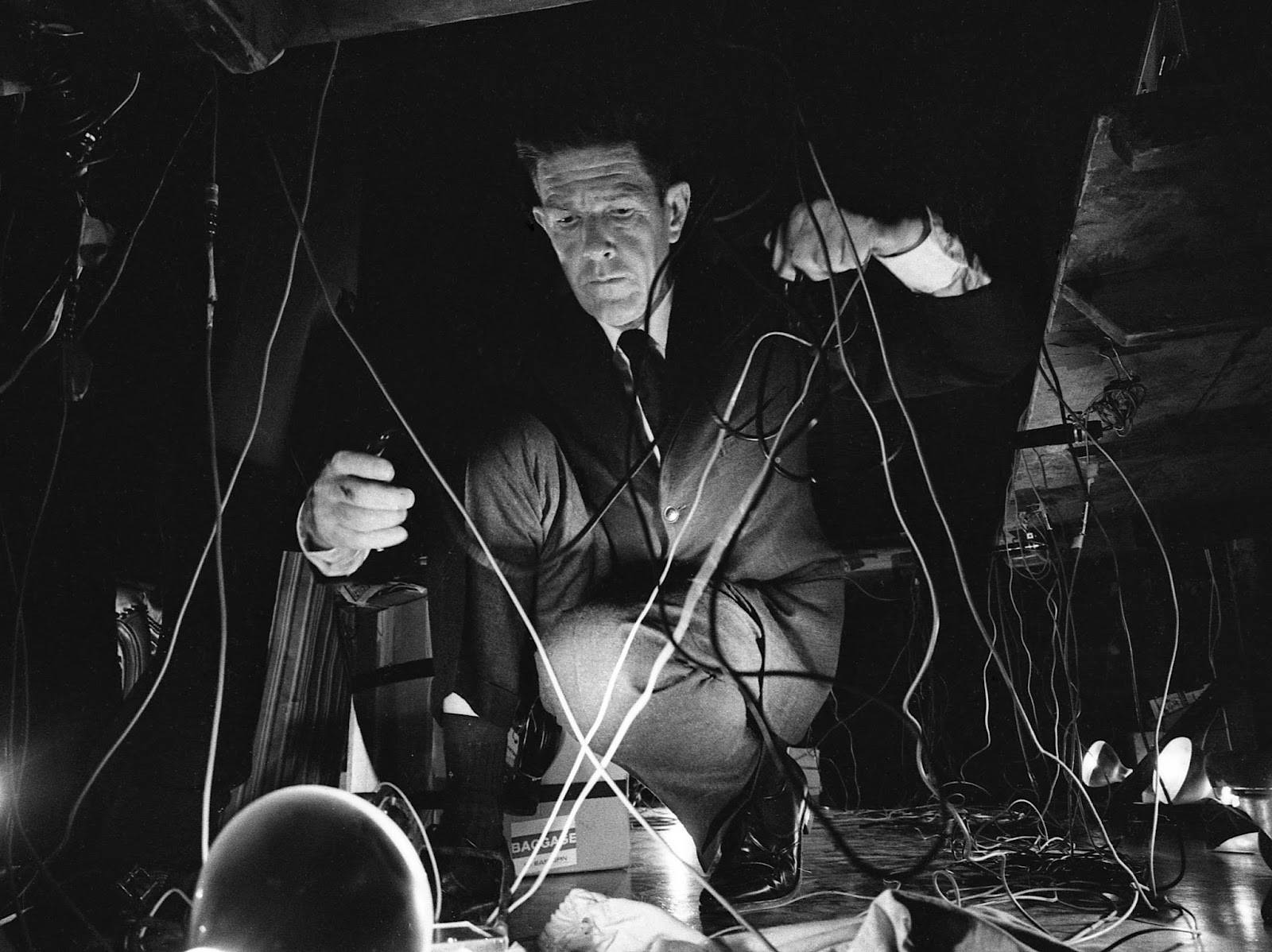Ruth Asawa
Ruth Asawa's Words of Wisdom:
Live a creative life
“Art is doing. Art directly deals with life.”
—Ruth Asawa
Ruth Asawa’s life was anything but uneventful yet her philosophy of the “integration of creative labour within daily life” allowed her to create art every day, wherever she was, with whatever material was on hand and under any circumstances. She saw artistic value in non-artistic objects such as juice bottles, wire tags on produce and newspapers and any conversation or routine task could spark a creative idea that she would pursue.
“It's important to learn how to use your small bits of time. All those begin to count up. It's not the long amounts of time you have that are important. you should learn how to use your snatches of time when they are given to you.”
She embodied her philosophy daily. As her daughter, Aiko Cuneo, recalled: “We always saw her making art, it was part of her everyday existence. I never thought of her making art as a separate activity. To us, she wasn’t working. We didn’t have to be quiet so she could concentrate. Her art-making space was always in our house.”
A few examples of how Asawa applied her philosophy:
Drawing every day
She drew every day. It was not the drawing that mattered, but rather the practice of practicing and focusing ;
Testing found materials
She used readily found materials. She explored the possibilities of materials that one can find anywhere (such as paper, wire and persimmon stems);
Involving family
She made her kids and family a part of her creative process, encouraging and incorporating their input into her work;
Working from anywhere and everywhere
She worked in any environment and did not require special conditions, equipment or even silence.
“When you put a seed in the ground, it doesn't stop growing after eight hours. It keeps going every minute that it's in the earth. We, too, need to keep growing every moment of every day that we are on this earth.”
—Ruth Asawa
Sources
These words of wisdom were curated by architect and founder Cece, written by studio manager and teacher Aline Djerrahian, and edited by artist in residence Nadège Roscoe-Rumjahn. We were excited to deepen our knowledge of the artists by watching interviews, reading articles, pulling forgotten books from our shelves and visiting interesting websites. If you'd like to learn more, please get in touch.
Clockwise from top left:
1. Ruth Asawa sitting next to her tied-wire sculptures, 1963. Photograph by Imogen Cunningham. © Imogen Cunningham Trust.
2. Ruth Asawa in her home with sculptures, 1954. Photograph by Nat Farbman, www.ruthasawa.com.
3. Ruth Asawa, Untitled (S.091), Electroplated copper wire c. 1963-1965. Photograph by Laurence Cueo, www.ruthasawa.com.
4. Ruth Asawa, Untitled (S.237, Hanging Six-Lobed, Interlocking Continuous Form), 1958. Artwork © 2021 Ruth Asawa Lanier, Inc./Artists Rights Society (ARS), New York. Via David Zwirner.
5. Desert Star (P.004, Tied wire tree with asymmetrical five pointed star in center branching to an enclosed square), 1987 Offset lithograph on paper 8 3/8 x 8 1/2 inches 21.27 x 21.59 cm. Via David Zwirner.
6. Ruth Asawa family and sculpture, 1957. Photograph by Imogen Cunningham.
© Imogen Cunningham Trust .
Fast Facts
Name: Ruth Aiko Asawa
Occupation: Sculptor
Known For: Abstract looped wire structure
Born: January 24, 1926 in Norwalk, California
Died: August 5, 2012 in San Francisco, California
Education: Black Mountain College
Philosophy: An artist is an ordinary person who can take ordinary things and make them special.
Quirk: Ruth Asawa had six children.





